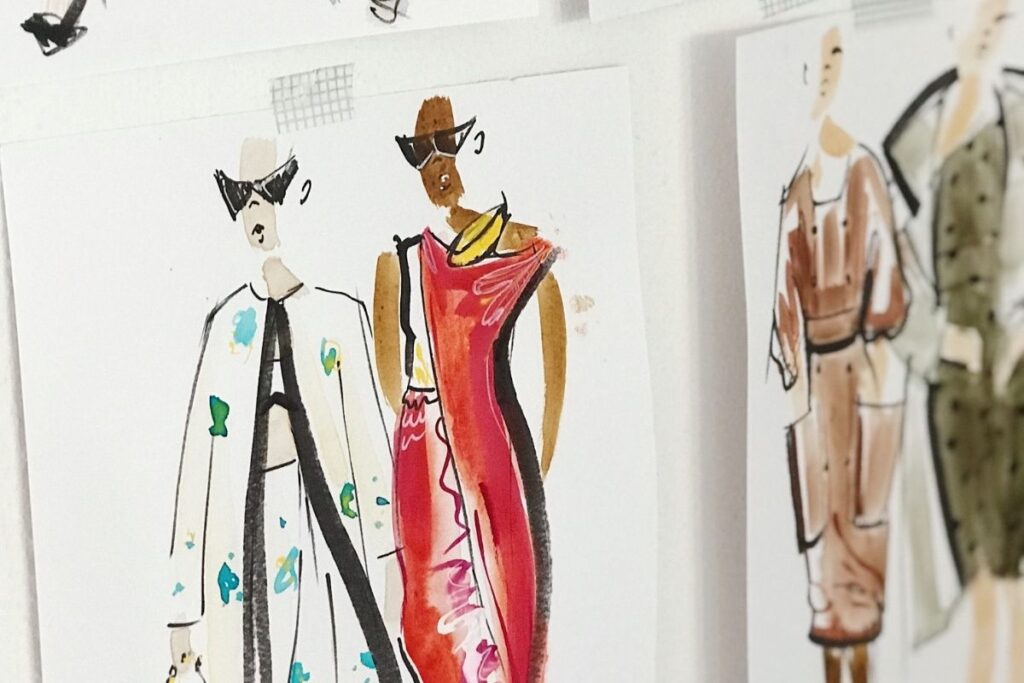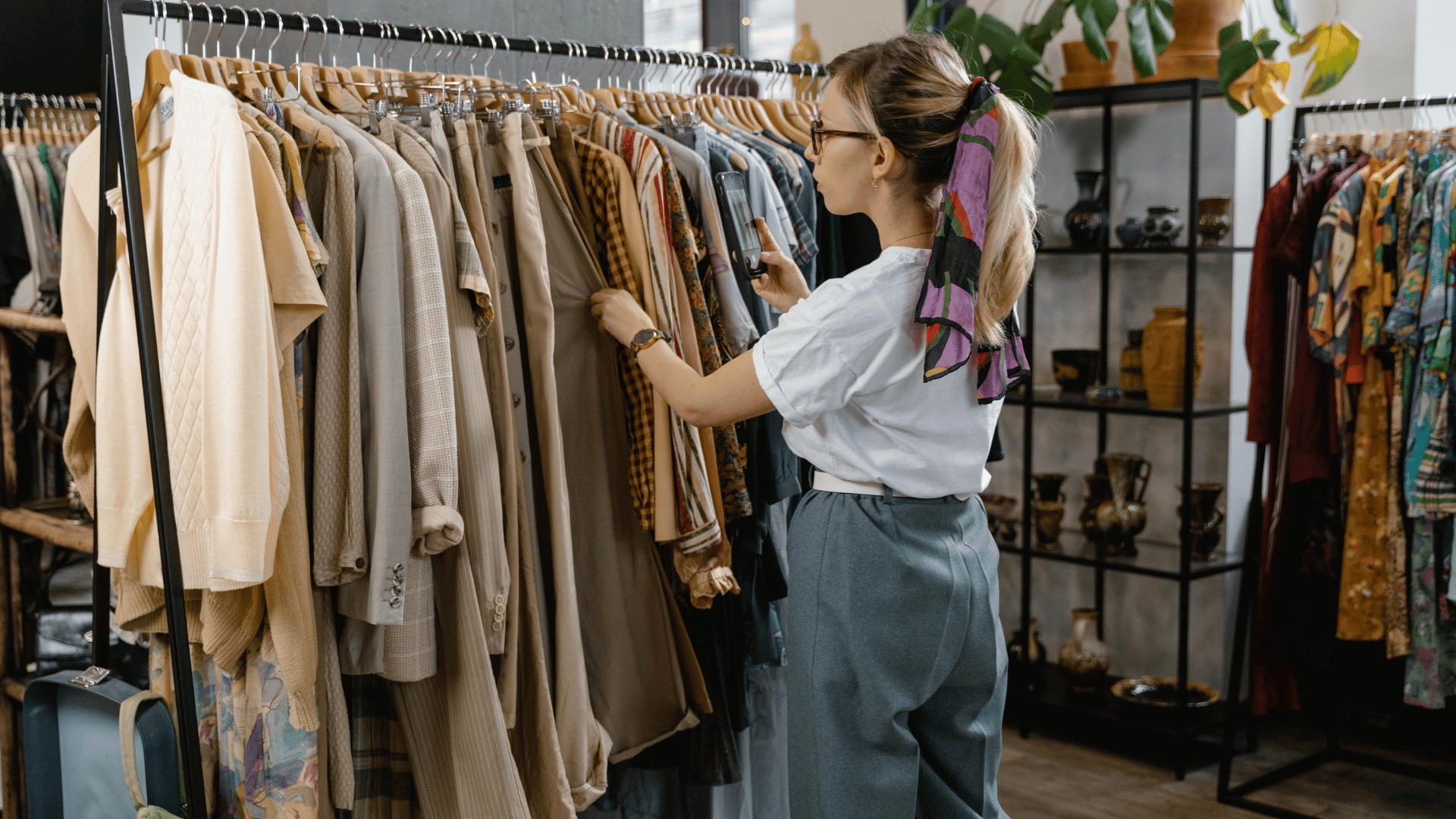Retail has rapidly changed over the years, with some fashion brands opting for alternatives to the traditional brick & mortar, physical store concept. You’ll find brands focusing solely on e-commerce and not having a physical location. Others have a more hybrid approach. Their physical store serves as more of a showroom for potential customers to see their brand in person before later purchasing online.
The innovative use of the showroom concept for fashion retail locations has been adopted by major brands including Bonobos. Potential customers can check out the brand in person, assessing quality, materials, colors, and sizing. Unlike a traditional retail store where you can purchase on site for instant gratification, the showroom concept has customers place their order at the showroom or online for pick up at the showroom.
The showroom model has become a marketing and advertising play for a lot of retailers. Physical retail is also turning into industrial fulfillment, where they’ll do a hybrid model where there’s the showroom and the goods will be at the fulfillment center.
Nordstrom is currently doing this model where half of their stores use this concept called the “bricks to clicks effect.” Through fashion education and trend spotting, a lot of fashion brands are starting to reevaluate their sales channels. Ifthey have a brick and mortar location for consumers to see the styles in person, they’re starting to see in increased online sales in that geographic area – the bricks to clicks effect.
This sales data is being monitored by performance analytics tools like like the Guest platform. Also, point of sale (POS) companies are starting to provide more granular data to their customers and their retailers, so they can use this data to make better qualified buying decisions going forward.








